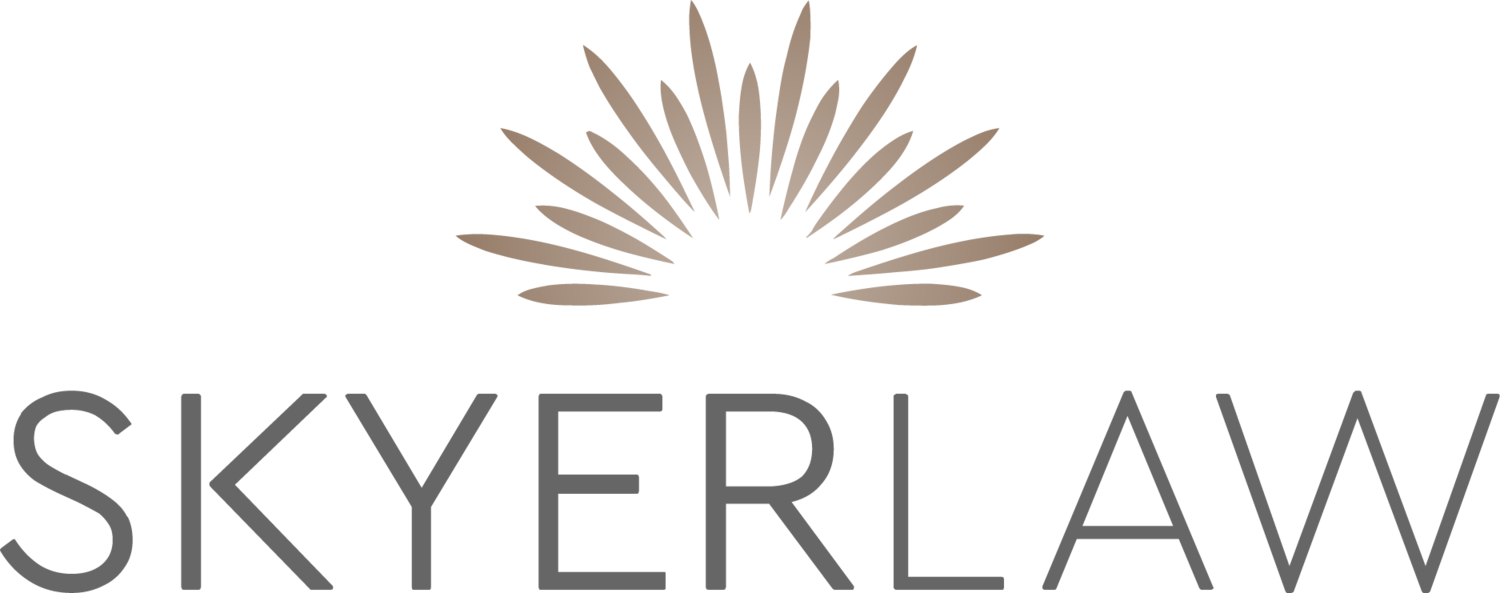When your child has benefited from Applied Behavioral Analysis (ABA), you might wonder whether the continued use of this methodology can be specifically listed as a mandate on the student’s Individualized Education Program (IEP).
Even though your child has made progress as a result of an ABA program, this does not bind the Committee on Special Education (CSE) to include ABA in the student’s IEP. This is because teaching methodology is usually a matter that is left to the teacher's discretion, and the CSE is, therefore, not necessarily required to specify it on an IEP.
There are, however, certain circumstances in which a CSE can be convinced (or, if necessary, compelled by an administrative tribunal or court), to include ABA as a mandate on the IEP. The way this is done is to present evidence that ABA is essential for the student to continue to make educational progress and that without ABA the student will regress.
Here is the kind of evidence that is helpful:
- Recommendations from teachers, therapists and related service providers that indicate that ABA is needed for the student to continue to make progress;
- Evaluative reports and materials that yield a clear consensus that ABA services are necessary for the student’s educational progress;
- Documentation that other educational methodologies have been tried but were unsuccessful; and
- Documentation of regression during a period of time in which the child did not have access to ABA services or supports.
If the school district’s IEP review team cannot, or does not, point to any evidence sufficient to counter the opinions and recommendations presented by the parents, the CSE will not be in a legally tenable position to deny a request by parents that ABA services, at least on some level, be identified and included in the IEP.
Despite what an IEP team might insinuate during your meeting about its broad powers and educational expertise, decisions regarding educational methodology or “delivery of instruction” are supposed to be made after considering your input. Some pivotal questions the school district might consider is what has worked for the child in the past; whether the child will be responsive to different educational methodologies; and whether the child will likely regress absent the use of ABA.
When preparing for an IEP meeting where educational methodology is a concern, be sure to have all relevant documents on hand. This includes all educational and psychological evaluations as well as progress reports and other data from teachers, specialists, and related service providers.
Parents should try to arrange for the participation of educational professionals who have worked with the student and who can attest to the fact that ABA instruction and support is essential for the student to make educational progress.
If the CSE ultimately refuses to mandate ABA services, parents should request that the CSE explicitly note in the IEP that the parents and professionals most familiar with the student believe, and have documented, that ABA methodology is necessary for the student to access instruction and/or function in the school setting. If applicable, you can also ask the CSE to note in the IEP that other methodologies have been tried, but have not been successful. If someone is taking written minutes for the IEP meeting, ask that your objections, reasons, and documents be noted there.
In these situations, parents may ultimately have to proceed to an Impartial Hearing to obtain a mandate for ABA services. A central issue at that hearing will be whether the parents presented uncontradicted and compelling information to the CSE that the child requires ABA in order to make meaningful educational gains appropriate to the child’s circumstances. The more documentation and evidence you have regarding this issue, the stronger your case will be.
